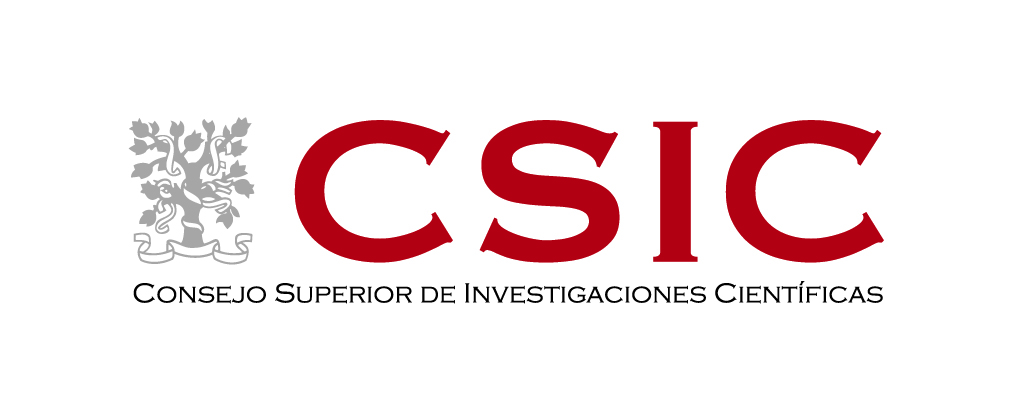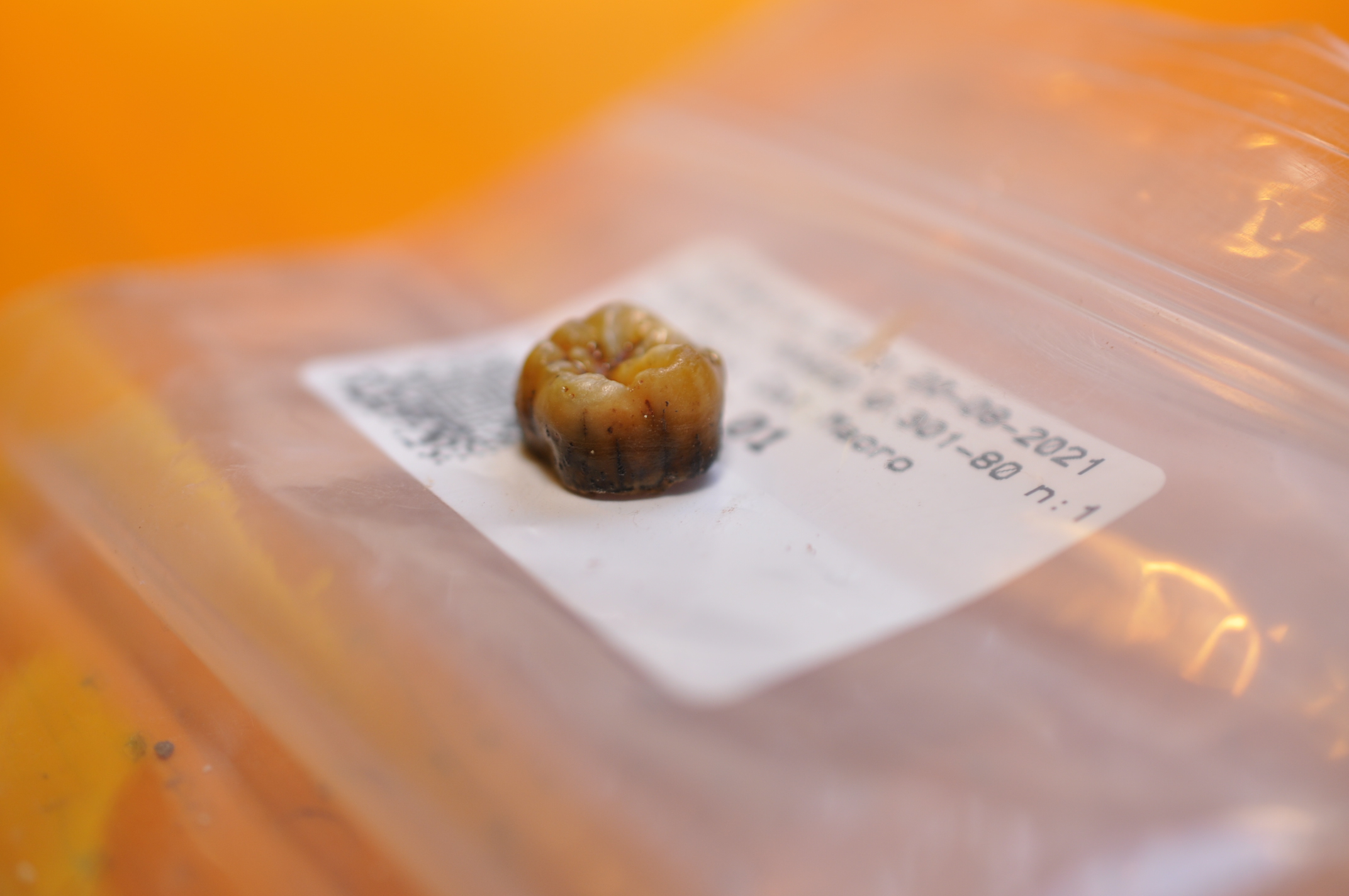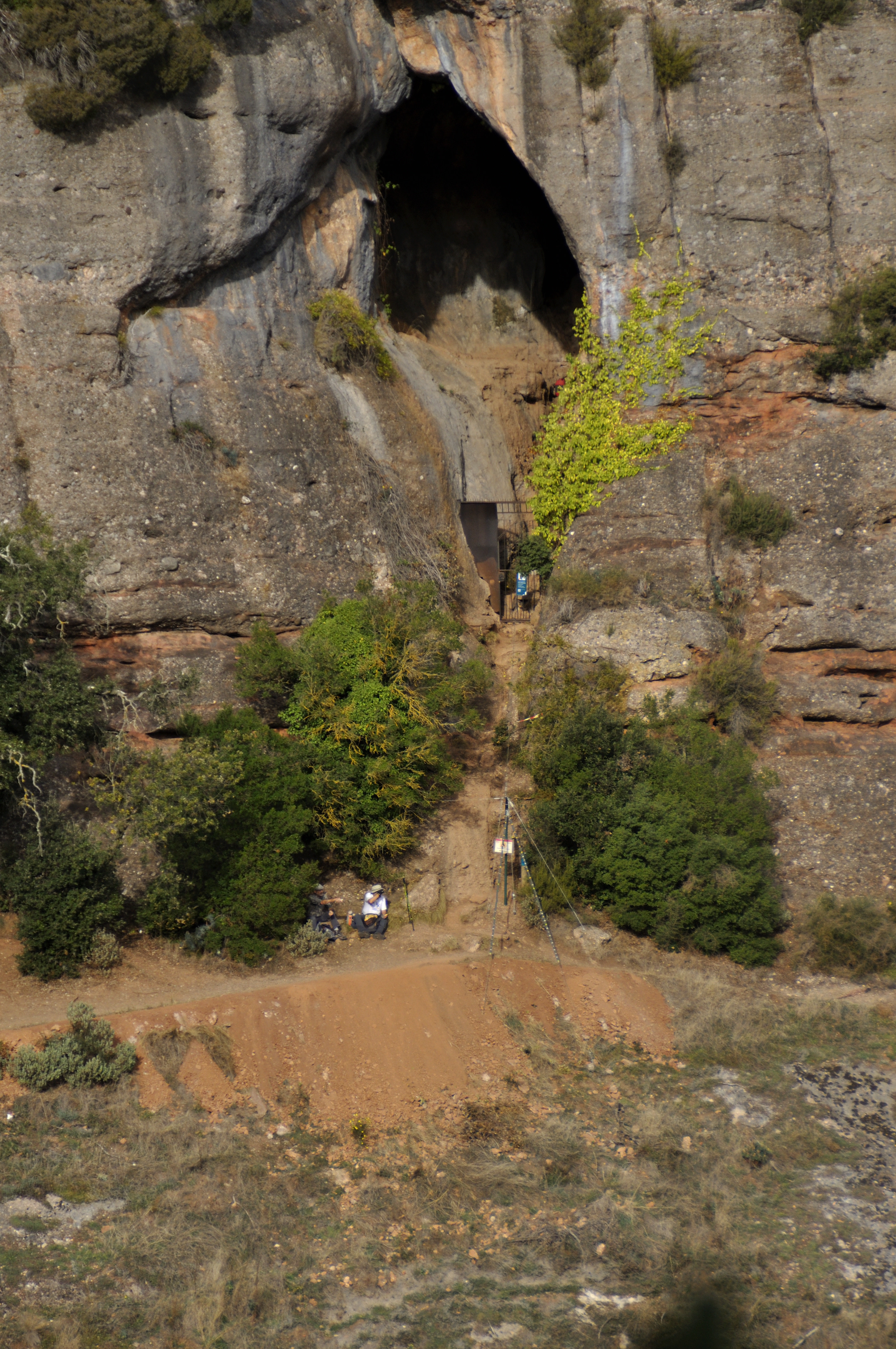Identifiquen restes de neandertals de fa més de 50.000 anys en la Cova Simanya, a Barcelona
La ciència està plena de SHEroes que amb la seva passió, treball i creativitat han inspirat la biologia evolutiva d'avui.
Com a part del nostre compromís amb la societat, l'Institut de Biologia Evolutiva (IBE, CSIC-UPF) vol donar crèdit i visibilitat als assoliments de les científiques en evolució.
Amb aquest objectiu, llancem la campanya #WhoisyourSHEro per a compartir històries de dones que han tingut un impacte en la carrera científica dels / les nostres investigadors/es a través de les xarxes socials i la web.
La campanya continua avançant a mesura que més i més dones en evolució inspiren a la comunitat IBE.
Pots unir-te a la conversa a través de les xarxes socials amb l'etiqueta #WhoisyourSHEro.
 |
Identifiquen restes de neandertals de fa més de 50.000 anys en la Cova Simanya, a Barcelona
L'equip investigador participat per l'Institut de Biologia Evolutiva (IBE: CSIC-UPF), dona a conèixer 54 restes neandertals corresponents almenys a tres individus: una dona, un jove i un nen.
Es tracta d'una de les col·leccions de restes neandertals més rellevants de la península Ibèrica.

Un equip d'investigadors ha identificat restes de neandertals de fa 50.000 anys procedents del jaciment de la Cova Simanya (Sant Llorenç Savall), situat en el Parc Natural de Sant Llorenç del Munt i de l'Obac (Barcelona). Es tracta de 54 restes corresponents almenys a tres individus, un adult, un jove i un nen, que han estat presentats avui en un acte en el Museu d'Arqueologia de Catalunya, a Barcelona.
Els resultats, liderats per l'Institut Català de Paleoecologia Humana i Evolució Social (IPHES-CERCA), la Universitat de Barcelona Barcelona i el Museu Nacional de Ciències Naturals (MNCN-CSIC), amb la participació de l'investigador de l'Institut de Biologia Evolutiva (IBE: CSIC- UPF) Carles Lalueza-Fox, també director del Museu de Ciències Naturals de Barcelona (MCNB), es publiquen avui en la revista Frontiers in Earth Science.
Una dona, un jove i un nen són els tres individus trobats a Cova Simanya
Les restes corresponen a tres individus: un adult, probablement una dona, un jove d'uns 11 o 12 anys i un nen d'uns 7 – 8 anys. "Destaca especialment l'individu adult, del qual s'han identificat restes de tots dos braços; entre ells hi ha un húmer sencer i una mà pràcticament completa, i també dels peus, a més de diferents vèrtebres i costelles", comenta Antonio Rosas, director del Grup de Paleoantropologia del MNCN-CSIC que ha coliderat l'estudi.
També s'han identificat fins a 10 peces dentals i un fragment de mandíbula. Dues d'aquestes dents pertanyen al jove i els vuit restants poden ser compatibles amb l'adult, encara que "no es pot descartar la possibilitat que corresponguin a més individus", afegeix.

Figura de les restes neandertals dels tres individus publicades a la revista Frontiers in Earth Science. Autoria: MNCN-CSIC / IPHES-CERCA / Frontiers in Earth Science.
El conjunt presenta trets anatòmics inequívocs que permeten adscriure'l als neandertals, la qual cosa permet entendre millor la filogeografia dels neandertals que van poblar Europa abans de l'arribada de la nostra espècie Homo sapiens. "Les primeres datacions realitzades indiquen que la presència de neandertals en la Cova Simanya és més antiga que el límit del carboni 14; és a dir, anterior als 50.000 anys" indica Juan Ignacio Morales, investigador de l'IPHES que ha coliderat l'estudi.
Actualment, s'estan duent a terme tècniques de datació alternatives que haurien de permetre determinar l'antiguitat de les restes amb una millor precisió. Fins llavors, és difícil saber si es podrà recuperar ADN per a la seva anàlisi.
"L'anàlisi d'ADN en el laboratori de Paleogenòmica de l'IBE no va donar resultats positius, encara que no es va intentar amb tots els individus". Explica Carles Lalueza-Fox, investigador principal de l'IBE i director del Museu de Ciències Naturals de Barcelona (MCNB), que ha col·laborat en la recerca. "Es va considerar prudent tenir més certeses sobre la datació abans de prosseguir amb un nou mostreig. Les dificultats posen en relleu que no tots els neandertals tenen ADN conservat."
La Cova Simanya va ser llar per a ossos i humans en períodes diferents
Els treballs de camp han permès constatar que el lloc també va servir de refugi d'hibernació tant per a l'os bru com per a l'os de les cavernes; un ús que es va prolongar com a mínim fins fa 42.000 anys. Molt de temps després, la cova va ser utilitzada de manera esporàdica des del Neolític fins a temps molt més recents, comenta Morals.

Il·lustració dels tres individus neandertals de la Cova Simanya. Autoria: Ana Lombao.
La Cova Simanya, un enclavament únic per al coneixement dels neandertals
La Cova Simanya compta amb més de 300 metres de recorregut i, per la seva accessibilitat, ha estat una de les coves més conegudes i visitades de Catalunya. L'estudi d'un conjunt de materials dipositats en les instal·lacions del Museu d'Arqueologia de Catalunya, procedents d'unes intervencions dels anys 1978-79, va alertar als investigadors de la presència de restes neandertals en la Cova Simanya. L'any 2020 es va iniciar un projecte de recerca els objectius de la qual són l'estudi de les restes fòssils humans i el seu context arquejo-paleontològic.
Els treballs d'excavació recents han permès reconstruir l'origen i la història de les restes neandertals, així com la recuperació d'altres nous. Així mateix, les eines de pedra recuperades, els ossos d'animals processats pels neandertals i les fogueres documentades suggereixen que la Cova Simanya va ser un enclavament significatiu per a les poblacions del Paleolític mitjà.
La Catalunya Central, un territori clau per als neandertals
La proximitat de la Cova Simanya amb altres jaciments arqueològics del Paleolític mitjà com les Coves del Toll (Moià), l'Abric Romaní (Capellades) o la Cova Gran de Collbató, evidència clarament que la Catalunya central va ser un territori clau per a les activitats i assentaments dels neandertals durant el Plistocè superior. En les pròximes campanyes d'excavació, l'equip de recerca té previst continuar amb els treballs en el complex càrstic de Simanya, incloent-hi la Cova del Triangle i la Cova de la Canal, situades a escassos 50 metres, amb l'objectiu de conèixer amb més profunditat el poblament prehistòric en aquest territori clau.

Imatge dels treballs d’excavació arqueològica des de l’exterior de la Cova Simanya. Autoria: Juan I. Morales / IPHES-CERCA.
En l'estudi també han participat altres investigadors de l'IPHES-CERCA, del SERP, de la Universitat Autònoma de Madrid, de la Universitat de Santiago de Compostela, de la Universitat d'Alacant, de l'Institut Català de Paleontologia, de la Universitat de Bolonya, del Museu de Ciències Naturals de Barcelona i del Museu Nacional de Ciències Naturals de Madrid.
Suport institucional i finançament
Des d'un punt de vista institucional, aquests resultats són producte de les sinergies i treball coordinat entre el departament de Cultura de la Generalitat de Catalunya, a través del Servei d'Arqueologia i del Museu d'Arqueologia de Catalunya, i la Diputació de Barcelona a través del Parc Natural de Sant Llorenç del Munt i de l'Obac. La recerca arqueològica en la Cova Simanya s'emmarca en el projecte quadriennal ARQ001SOL-172-2022 "Transicions culturals durant el Plistocè i l'Holocè al litoral prelitoral de Catalunya", vinculat al Seminari d'Estudis i Investigacions Prehistòriques de la UB, i aprovat pel Departament de Cultura de la Generalitat de Catalunya; del projecte PID2021-122356NB-I00 del MNCN-CSIC; i de la Fundació Palarq. Les excavacions compten amb el suport i finançament del Parc Natural de Sant Llorenç del Munt i de l'Obac i de la Diputació de Barcelona, els quals han procedit a protegir el jaciment i a organitzar visites guiades.
Article de referència
Morales, J. I., A. Cebrià, M. Soto, A. Rodríguez-Hidalgo, R. Hernando, E. Moreno-Ribas, D. Lombao, J. R. Rabuñal, D. M. Martín-Perea, A. García-Tabernero, E. Allué, A. García-Basanta, E. Lizano, T. Marquès Bonet, S. Talamo, L. Tassoni, C. Lalueza-Fox, J. M. Fullola and A. Rosas (2023). A new assemblage of late Neanderthal remains from Cova Simanya (NE Iberia). Frontiers in Earth Science
